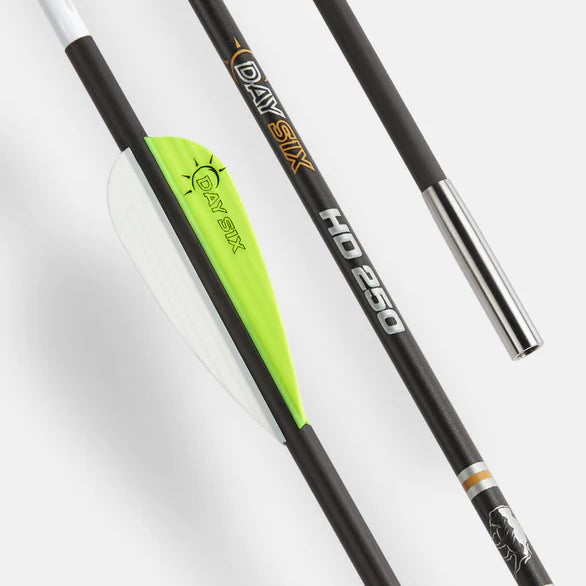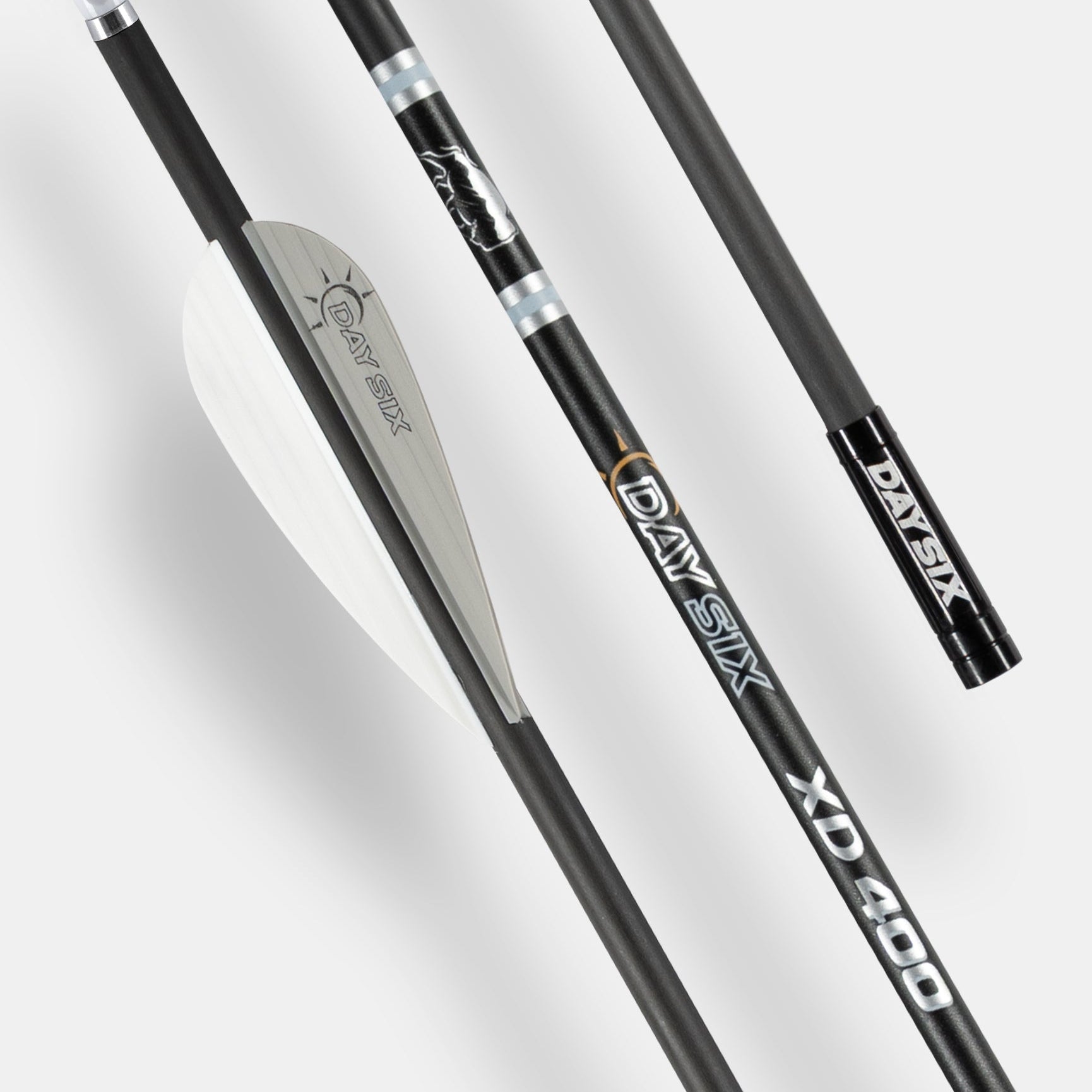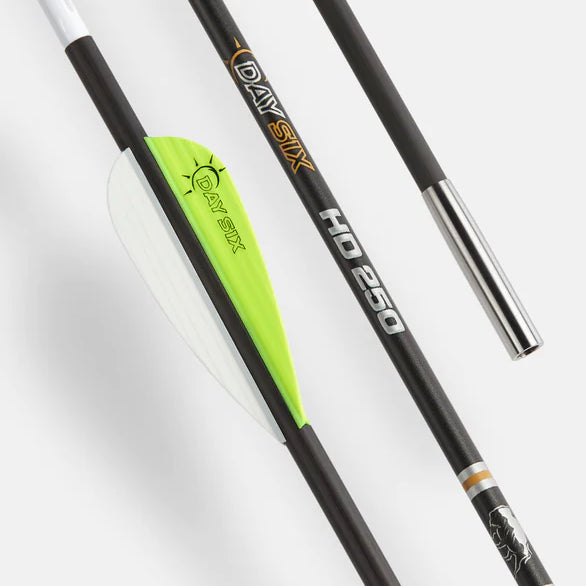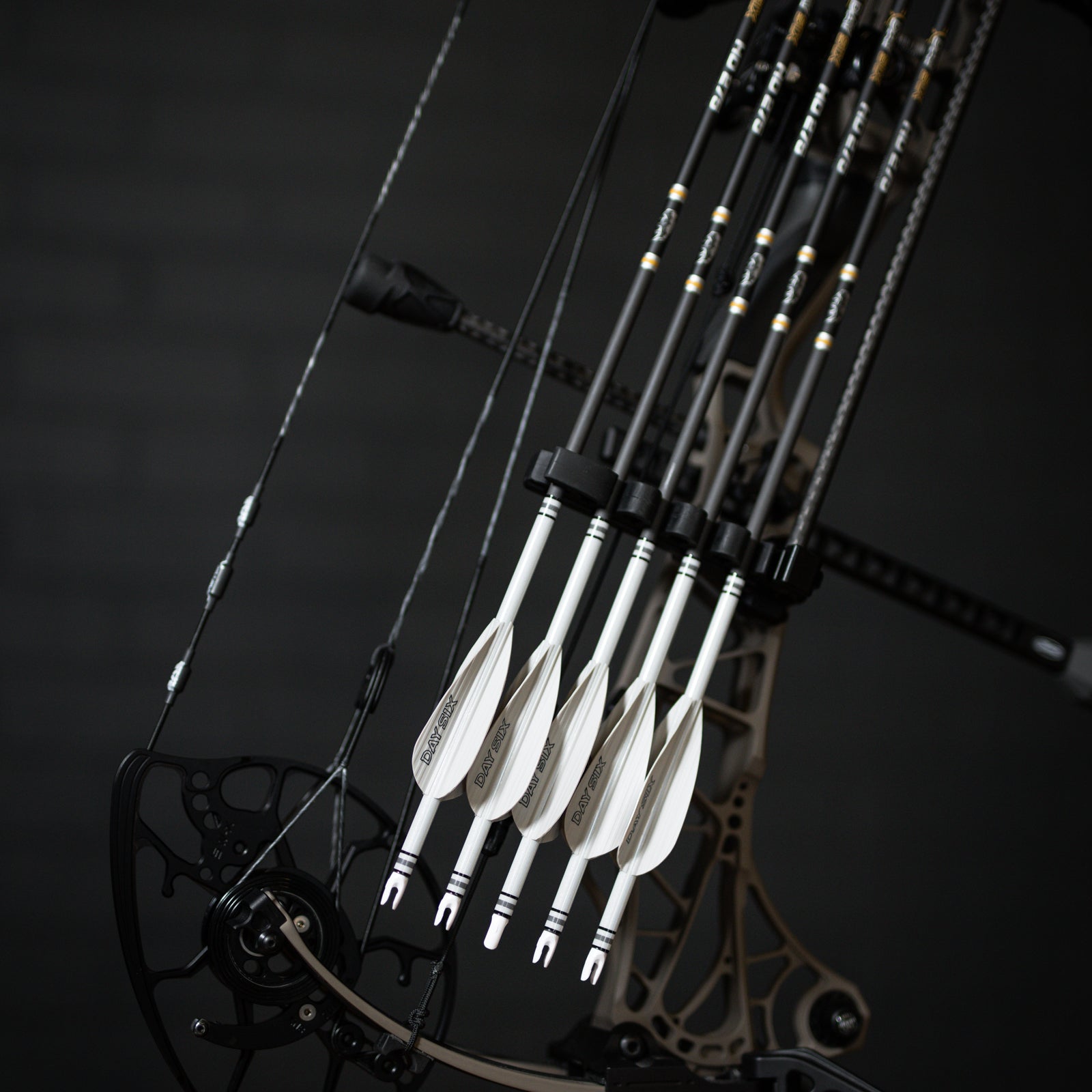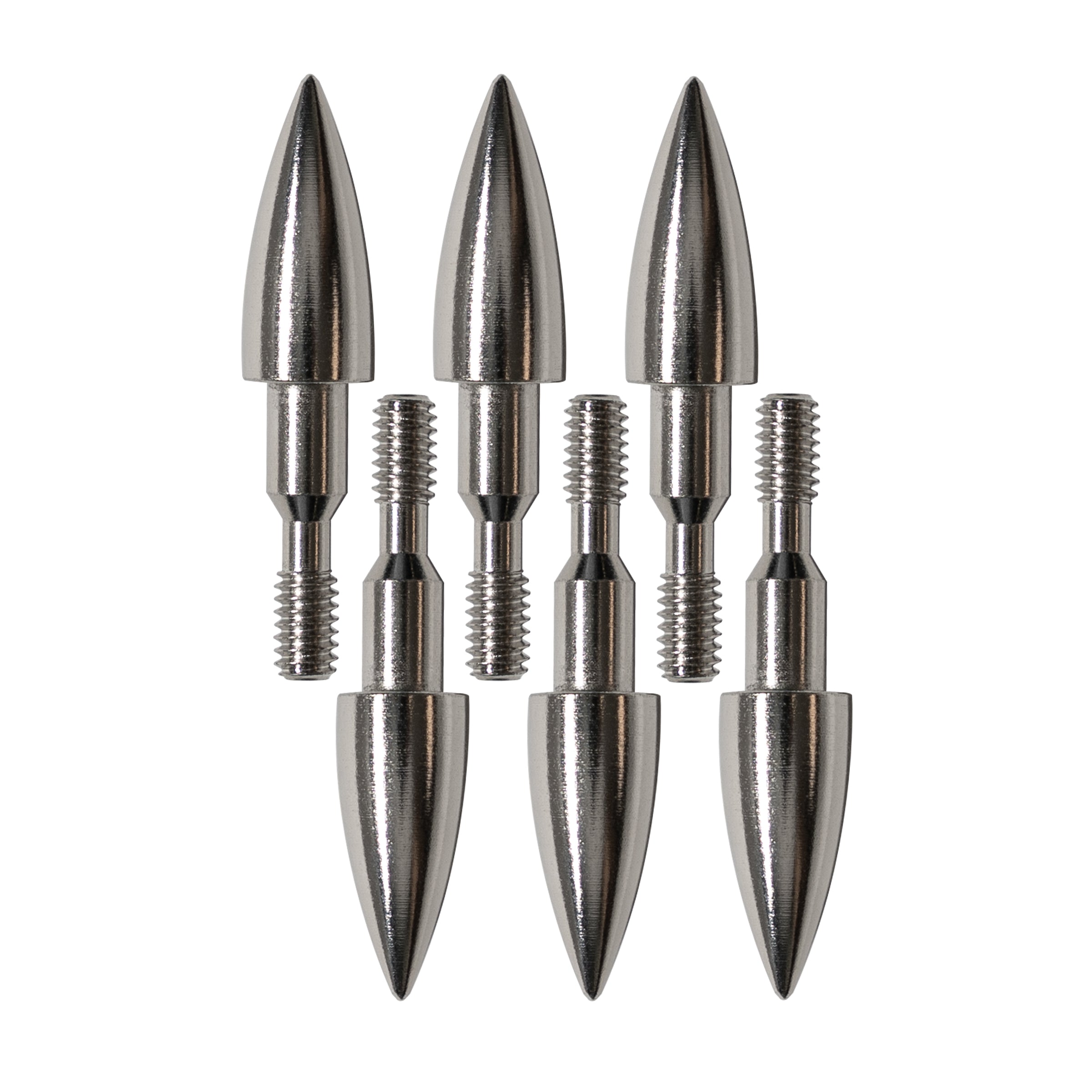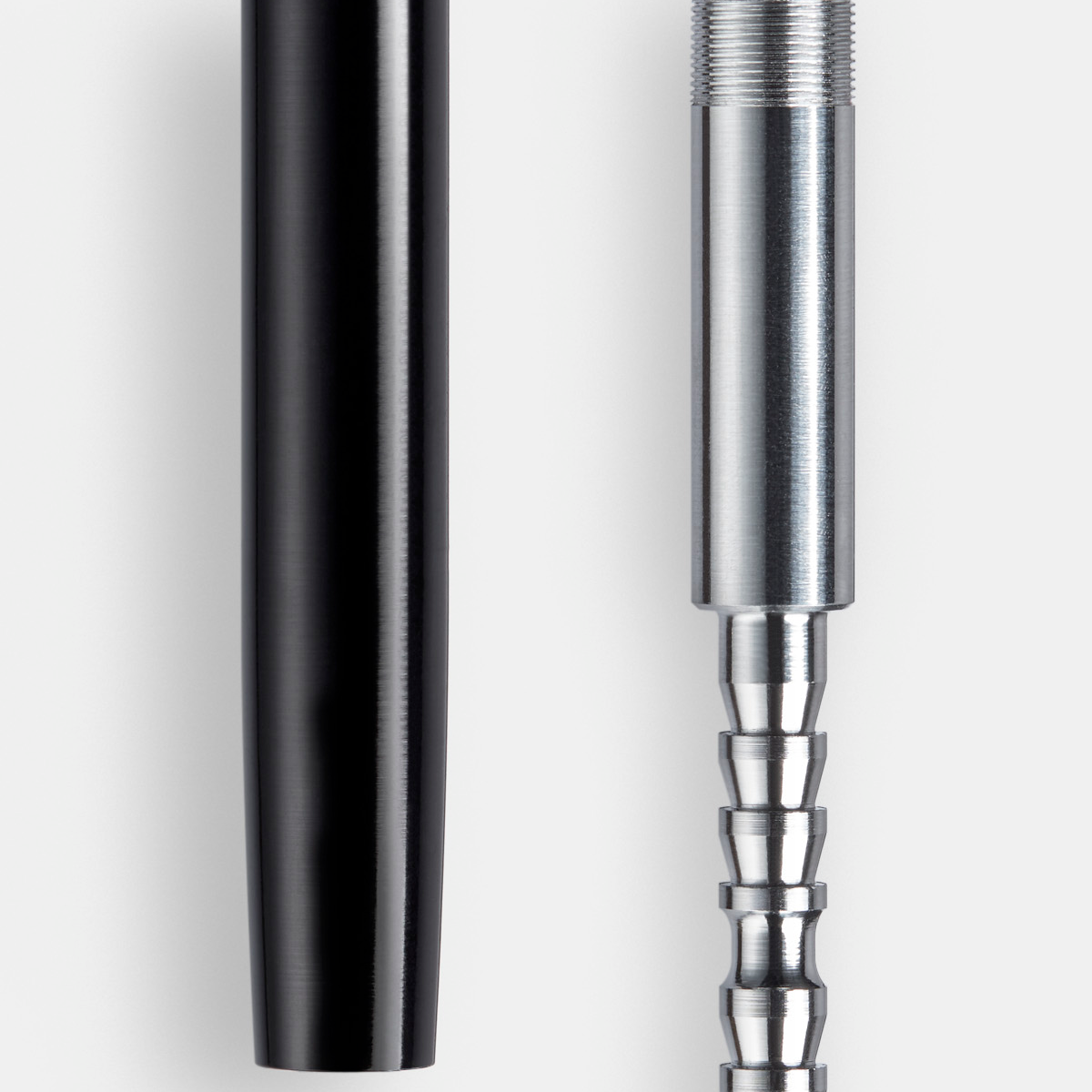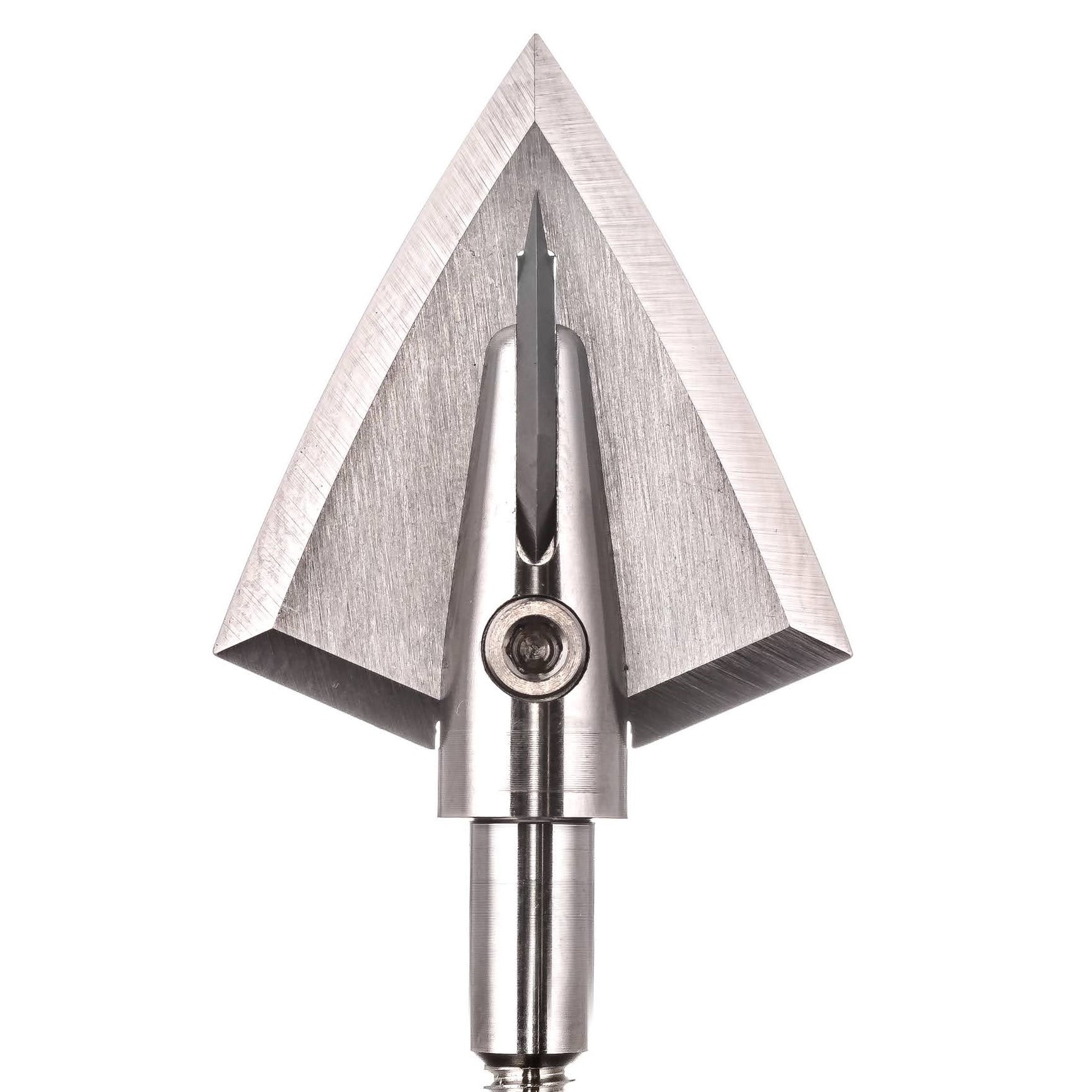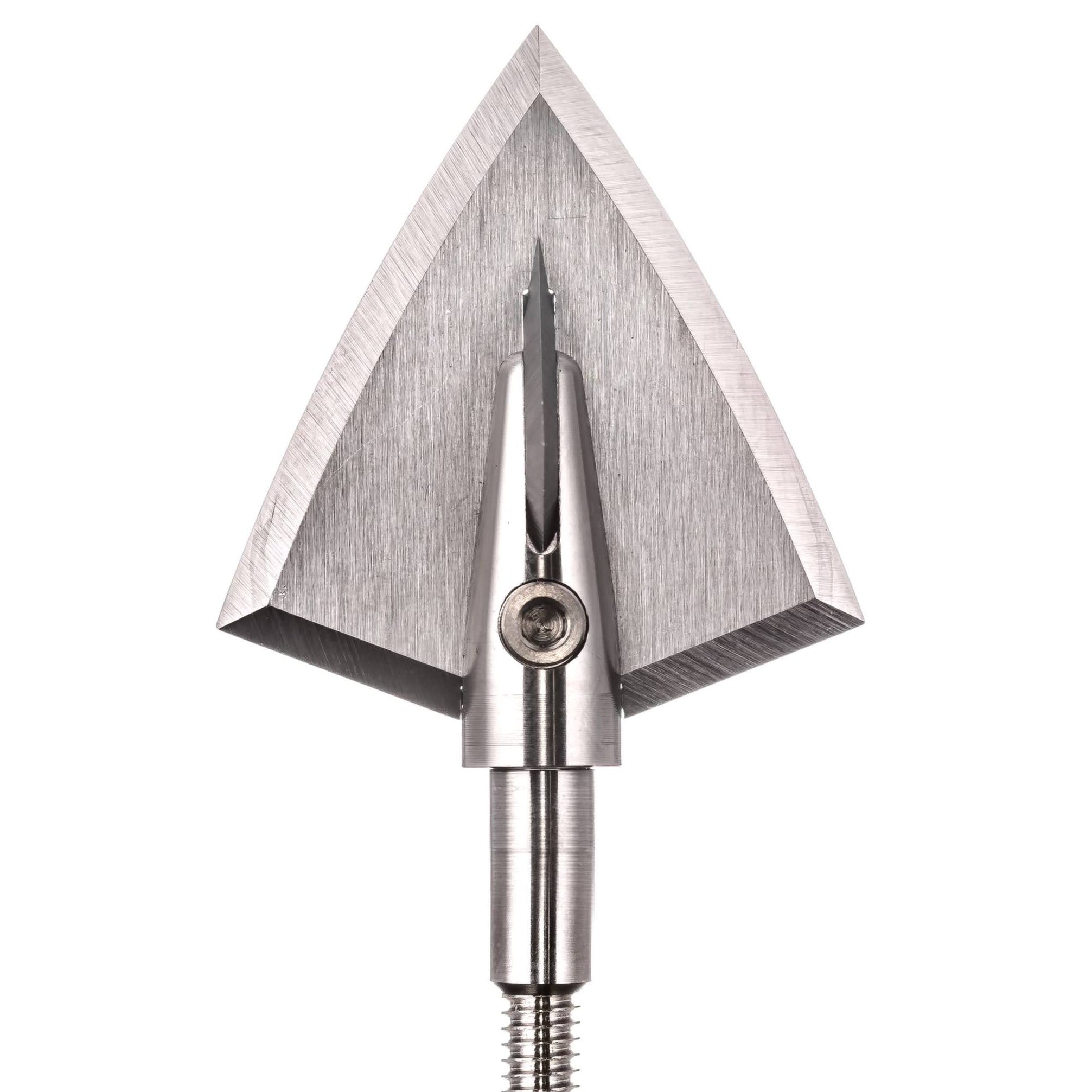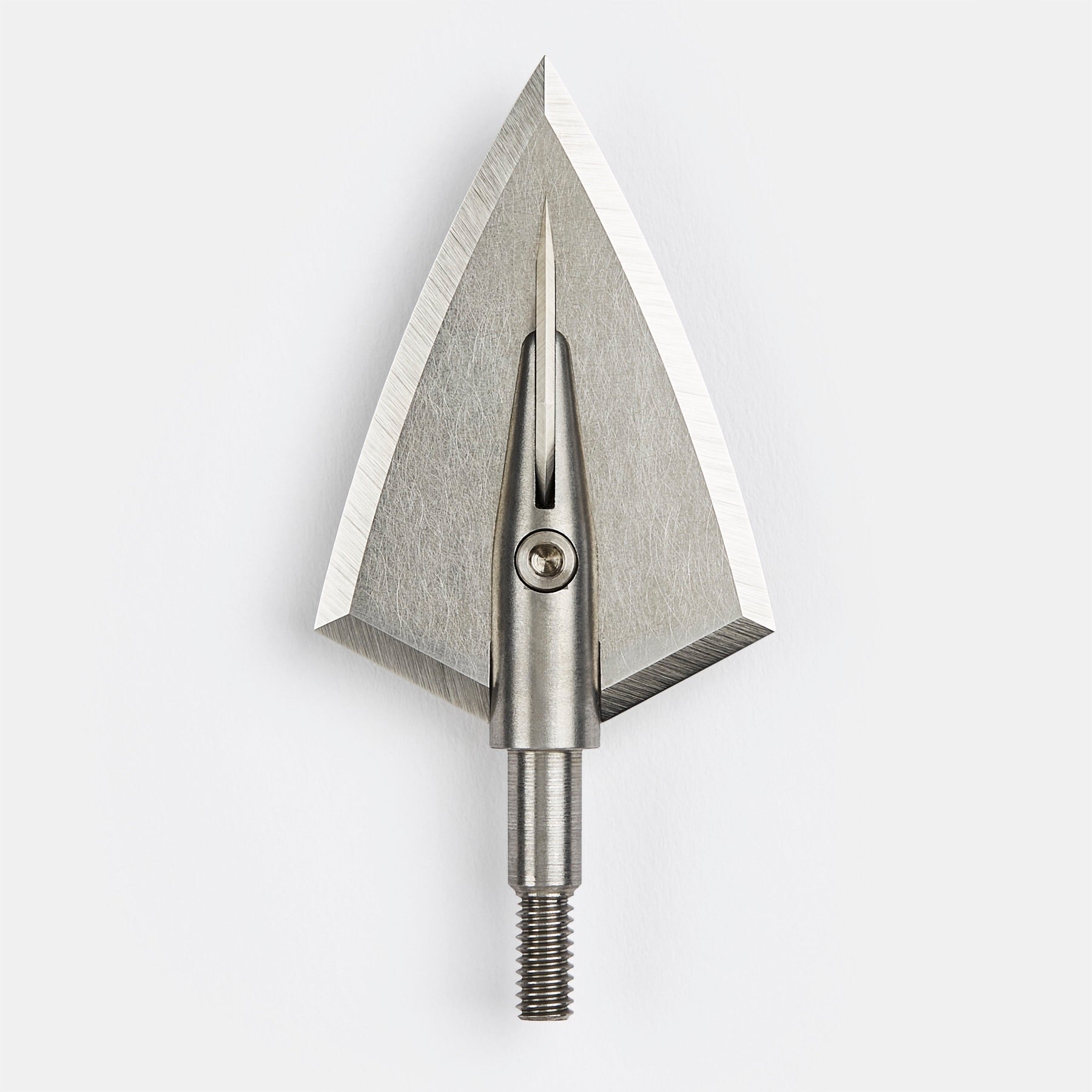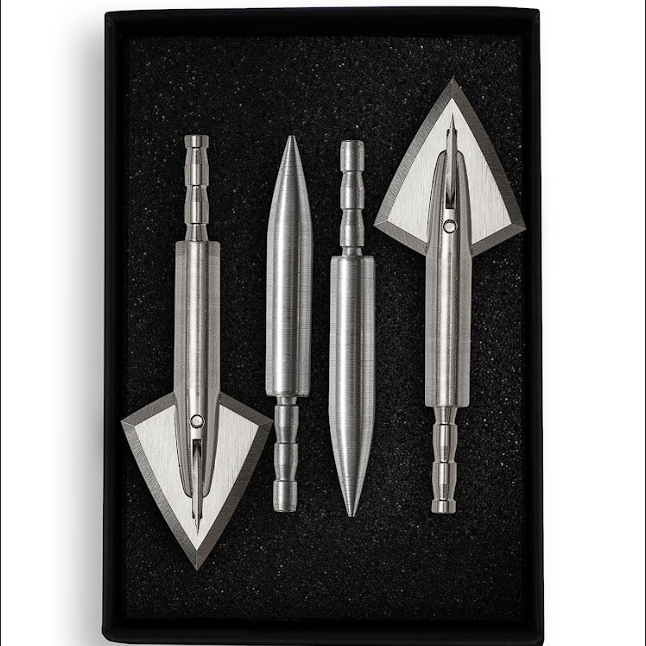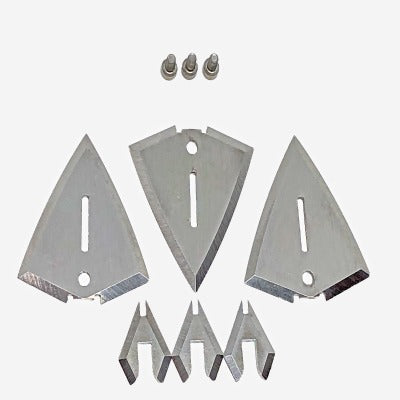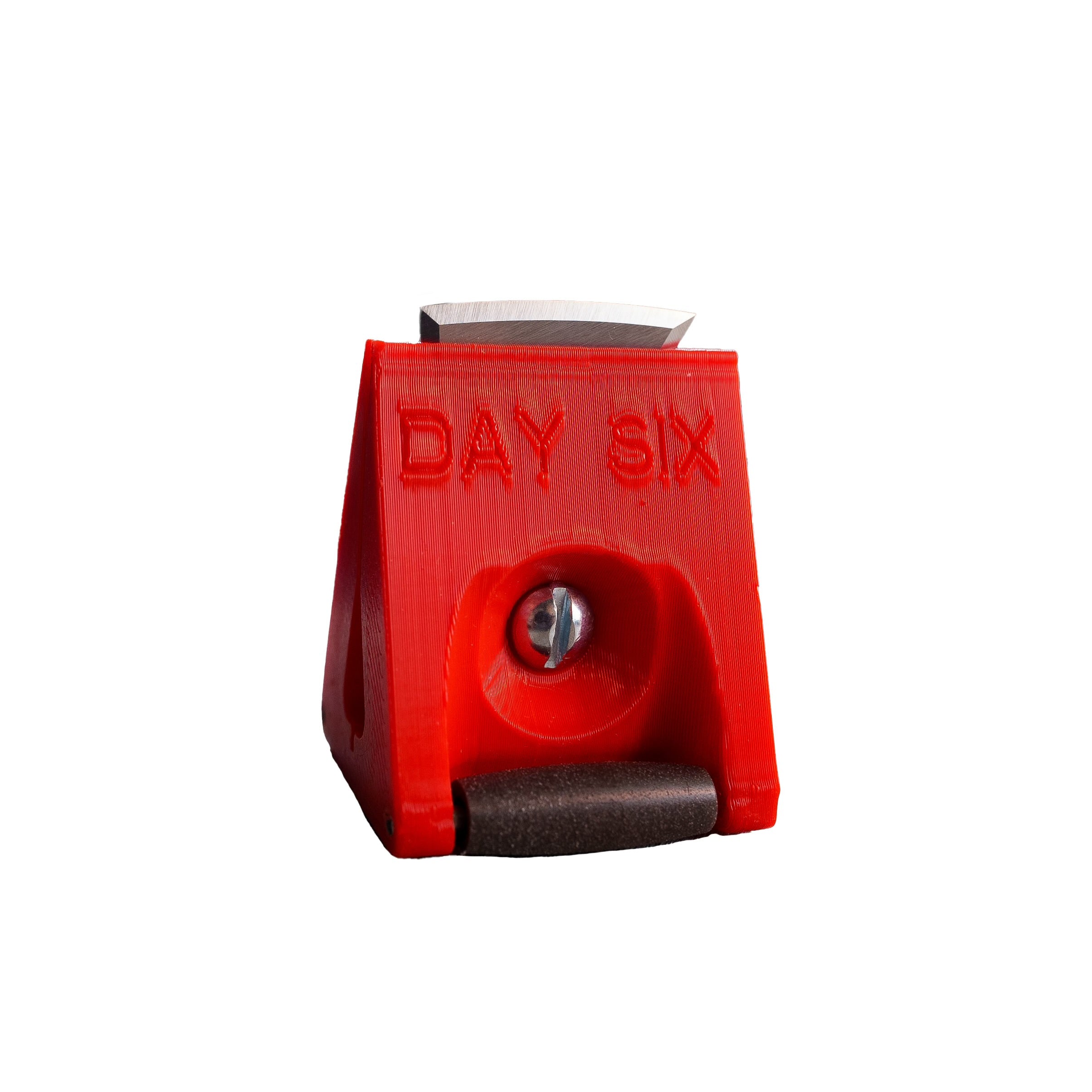The Single Bevel Scam

“Then came the gadgeteer, otherwise known as the sporting-goods dealer. He
has draped the American outdoors man with an infinity of contraptions, all offered as aids to self-reliance, hardihood, woodcraft, or marksmanship, but too often functioning as substitutes for them”
If you want to incite a heated debate amongst hunters bring up broadheads. There is not a more controversial piece of gear than the broadhead, and their respective champions will defend their merits to the death. The irony of this is the visceral disavowing of said hunter’s broadhead of choice immediately following the loss of an animal after executing a “perfect shot.”
When I first mentioned the consideration of producing our own broadheads to my peers, the notion was met with skepticism and disbelief.
“Why would you do that? There’s already tons of broadheads out there already.”
“Seriously, what can you do differently than what’s already been done?”
My response was succinct in its message;
First, they are the “scapegoat” for a bad shot and hunters will always look for a new head as a solution. Eventually, they will work their way around the broadhead carousel to us and hopefully we can help them become more proficient bow hunters.
Second, yes there’s tons of heads available but believe it or not, there’s still not one that’s been executed properly due to either a lack of experience and understanding or either corporate production cost restraints.
Throughout the entire design, prototype and manufacturing processes of our
heads a single bevel design was never even considered. Not once. Why you ask? Well it wasn’t from a lack of experience, quite the contrary actually. As a traditional bowhunter in the 1990s the single bevel head was readily available and very popular among stick bow shooters. In all honesty, it’s quite possible that I’ve killed more animals with a single bevel head than any other type.
But let’s back up a bit.
The original concept of the single bevel head was not that of creating a head that generates rotation by function of its opposing bevels. The “concept” of rotation was a byproduct of someone somewhere observing the opposing bevels and thinking “that will make it spin.”
So why did the single bevel style even originate? Simple, most of these heads
were produced in low volume, predominantly in garages and backyard shops that had only simple machinery available thus not allowing for proper double bevel grinding. The single bevel grind is easily achievable with rudimentary tools, that’s why every machete you’ve ever seen in detached, third world areas has a single bevel edge. It’s because they can grind it with rocks and make it sharp.
Do they create rotation due to their opposing bevels? Technically yes, but the
amount of that rotation is so minuscule it’s not measurable and when the existing rotation of the arrow is considered it becomes irrelevant. If you consider the ratio of the surface area of the bevel to that of the rest of the broadhead the percentage of bevel area is not even close enough to create a “propeller” effect.
So, here’s where I really get confused. Let’s say for arguments sake that they do
create rotation.....how is that an advantage? The promoters will say that the rotation
assists in the breaching of bone, nope. What splits bone is the two blade design, that’s 100% the most effective design for breaching bone in my experience.
If rotation was an advantage then you’d see multiple heads with the blades offset like vanes...... oh wait, there were several designs like this years ago and there’s a reason they’re not around anymore. Rotation is not a good thing! It creates resistance, thus robbing energy from the arrow’s momentum and hindering penetration. It’s simple, think of it as in a nail or a screw effect, then quickly decide what action you’d want for an arrow to pass through an animal. But for all you single bevel disciples, fear not, they don’t rotate enough to matter.
So what’s the disadvantage?
The way a broadhead kills is by hemorrhage resulting from a razor sharp edge as
it slices. With that said, the longer a blade can stay razor sharp while passing through an animal the more hemorrhage it will cause. The supported edge of a double bevel blade has superior edge retention to that of a single bevel blade. Don’t believe me, go find a single bevel knife in your kitchen or in your hunting gear....I’ll wait.
To that end, are single bevels bad? NO!
Will single bevels work? YES!
Are they superior to other heads? NO!
Where I take issue with the single bevel craze is this; Most of the companies that
produce single bevels know all the facts I’ve just mentioned, but are still promoting the above concepts that have been dispelled decades ago. You can even go back a few years and hear the same information I’ve just highlighted from people who are now producing single bevels.
Additionally, the biggest rub is that single bevels are far cheaper to manufacture
as it takes half the time and far less sophisticated equipment and staff to grind. To put it in perspective, if you divided the cost of manufacturing a blade into material, shape milling , and grinding it would be 10%, 10% and 80%. Simply put, the cost is in the grinding. So when I see single bevels that cost more it is very frustrating to see consumers get taken advantage of.
In summary, if you want to know who we are, and what we stand for at Day Six, the fact that we don’t produce more profitable single bevel heads should tell you everything you need to know.
As always, thanks to everyone for your continued support of this family business. It’s a dream come true to do what we do every day and we truly value each and every customer.

